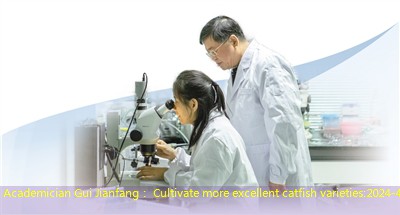This article is transferred from [CCTV];
CCTV News: From the launch of the day and the core compartment in 2021 to the present, three years, China Space Station has launched nearly 100 space scientific experiments to achieve a number of important scientific research results.The Shenzhou 18th multiplication group will also conduct a number of scientific experiments on the orbit.
As a national space laboratory, the scientific research facilities of China Space Station mainly include 14 scientific experimental cabinets in the sealing cabin, exposed experimental platforms outside the cabin, etc., support the implementation of space astronomy, space life science and biotechnology, microstructure, and micro -gravity foundation on the track scrolling.Scientific research such as physics.

Zhang Wei, a researcher at the Space Application Engineering and Technology Center of the Chinese Academy of Sciences: “We have done nearly 100 experiments before, and more than 40 experiments have returned, and some distinctive results have been produced.”
The experimental projects that entered China Space Station with Shenzhou 18 include 4 scientific experimental projects including life ecological science experiments and out -of -the -ware exposure experiments of the material cabin.Among them, the life ecological science experiment project uses zebrafish and goldfish algae as a research object, and “space fish farming” will be expected to be realized at the Chinese space station.

Zebrafish is a very beautiful ornamental fish. It is about 3-4 cm long and has a slender body. There are many dark blue lines from beginning to end, just like zebra, so it is called zebrafish.This time the sky’s space fish tank is equipped with 4 zebrafish, and goldfish algae. The fish tank is closed and full of water. The oxygen required for zebrafish is generated by the photosynthesis of the goldfish algae. The system can realize automatic feeding and temperature.Control, light control, etc., can also collect fish eggs, which will be brought back to the ground in the future for scientists for further research.

As a typical model experimental animal, zebrafish and human genome have more than 70%of similarity. This is the first vertebral animal ushered in the Chinese Space Station except astronauts.
Zhang Wei said: “zebrafish and goldfish algae form a small ecosystem. At the same time, zebrafish is still a very small vertebrate. We must study the loss of vertebrates in space and do muscle atrophy and form a series of studies.”
According to reports, through extensive solicitation in 2023, China Space Station collected nearly a thousand scientific projects and selected more than 100 items. It is being established in batches. It is expected to be implemented through Tianzhou 8, 9 and 10 spacecraft.

Zhang Wei introduced: “It is currently more interesting. We will go to mice. These mice must be raised on it and then return it. After returning, a large number of research, including bone loss, muscle atrophy, including immunity, nerves, nerves, nervesIt is equivalent to conducting some research on mice in all directions.
Report/feedback



